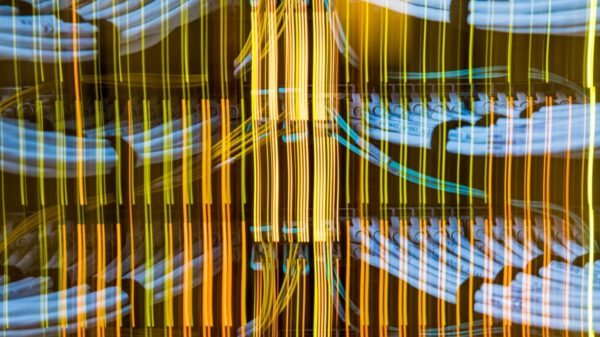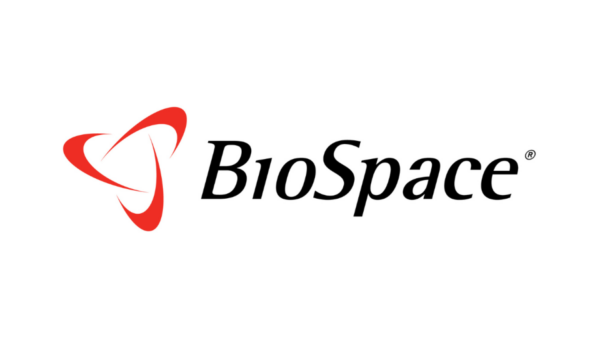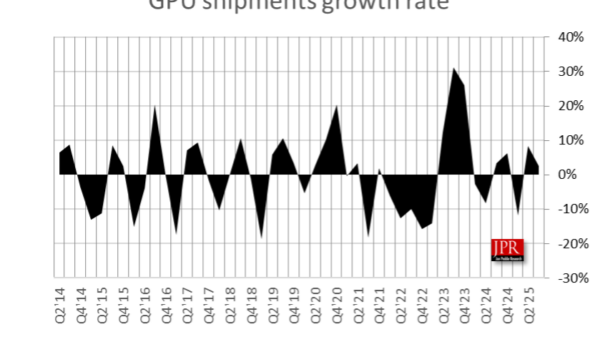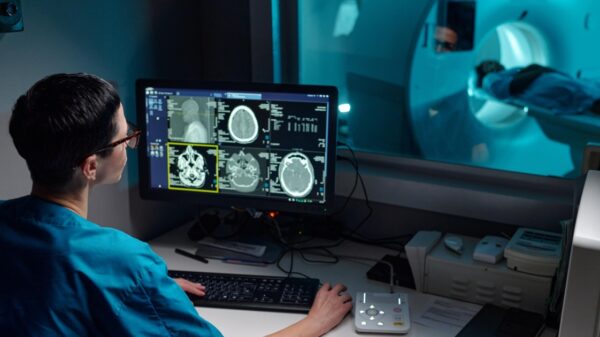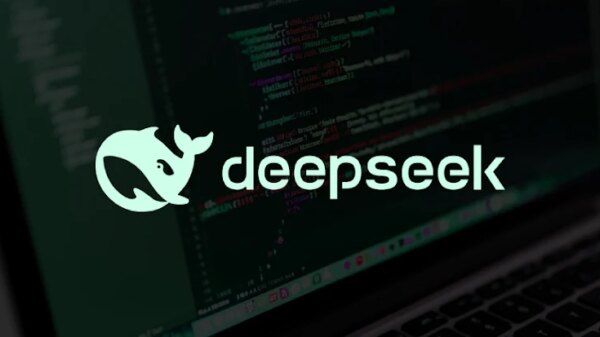The Asia-Pacific radiology AI sector is experiencing significant growth, driven by increased investments and a rising demand for advanced diagnostic technologies. The expanding presence of industry players in emerging markets, particularly in China, India, and Southeast Asia, is contributing to this expansion. A report from MarketsandMarkets indicates that heightened awareness regarding AI-driven diagnostic tools and imaging systems is poised to accelerate adoption within hospitals, imaging centers, and research institutions.
Globally, the radiology AI market is projected to reach $2.27 billion by 2030, reflecting a robust compound annual growth rate of 24.5%. This surge is largely attributed to increased government investments in healthcare infrastructure across countries like China, India, and Thailand, which are creating new opportunities for solution providers to enhance their presence in the region.
The report highlights the diverse applications of AI technologies in healthcare, particularly in medical imaging and diagnostics. These technologies not only improve the speed but also the accuracy of disease detection through the analysis of X-rays, CT scans, and MRIs. As populations in these regions continue to age, the demand for such innovative solutions is expected to rise sharply, further propelling the growth of the sector.
Industry experts note that the integration of AI into radiology is not simply about enhancing existing capabilities; it represents a transformative shift in how medical professionals approach diagnostics. As healthcare providers increasingly turn to AI for assistance, the potential for improved patient outcomes becomes a focal point, underscoring the necessity for continuous investment in technology and training.
The increased attention on AI-driven solutions comes as healthcare systems worldwide grapple with the dual challenges of managing growing patient volumes and improving diagnostic accuracy. In Asia-Pacific, where healthcare demands are accelerating due to both population growth and an increasing prevalence of chronic diseases, these AI tools could become critical in alleviating pressure on healthcare systems.
In addition to expanding access to advanced diagnostic capabilities, the adoption of AI in radiology could lead to cost efficiencies for healthcare providers. By streamlining workflows and reducing the time required for image interpretation, AI solutions enable radiologists to focus more on patient care rather than routine analysis. This shift not only enhances the efficiency of healthcare delivery but also potentially reduces the burden on medical professionals.
As the market evolves, competition among solution providers is likely to intensify, making it essential for companies to differentiate their offerings. Innovations in AI algorithms and imaging technologies will be key factors influencing market dynamics. Companies that can successfully demonstrate the efficacy, reliability, and ease of integration of their AI solutions will likely secure a competitive edge.
Looking ahead, the convergence of AI technology with radiology is expected to influence the broader healthcare landscape significantly. As adoption rates increase and more healthcare facilities implement these systems, the potential for data-driven insights will grow. This evolution may lead to a more personalized approach to patient care, where treatment strategies are tailored to individual needs based on comprehensive data analysis.
Overall, the trajectory of the radiology AI market in the Asia-Pacific region is promising. With sustained investments and an increasing recognition of the benefits of AI in healthcare, the sector is well-positioned for continued growth. This could ultimately pave the way for groundbreaking advancements in medical diagnostics, offering new hope for enhanced patient care amid evolving healthcare challenges.













